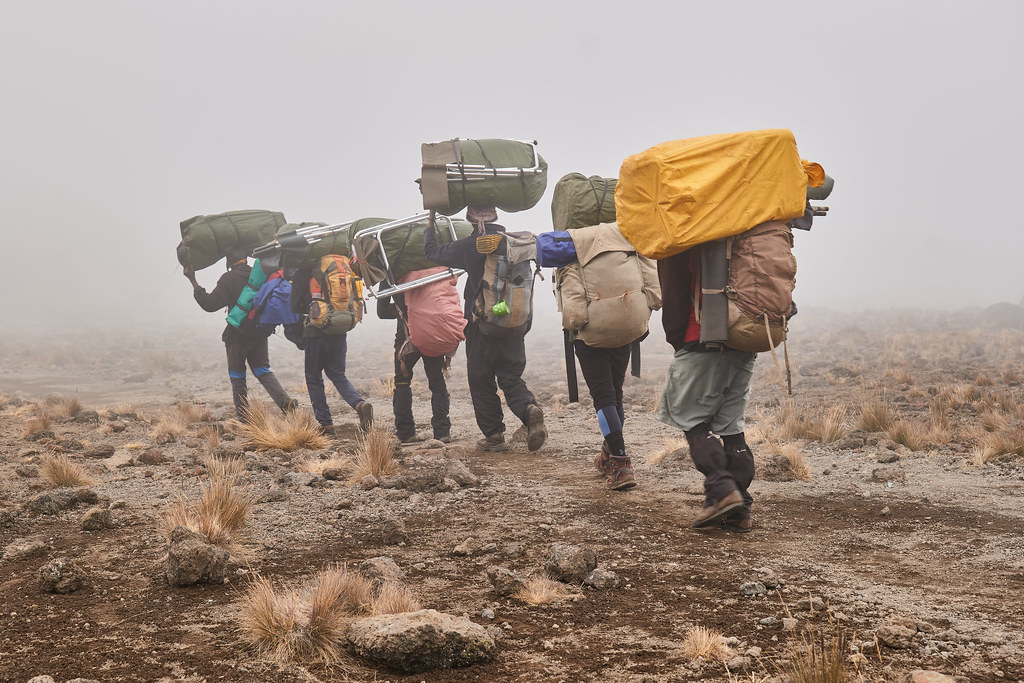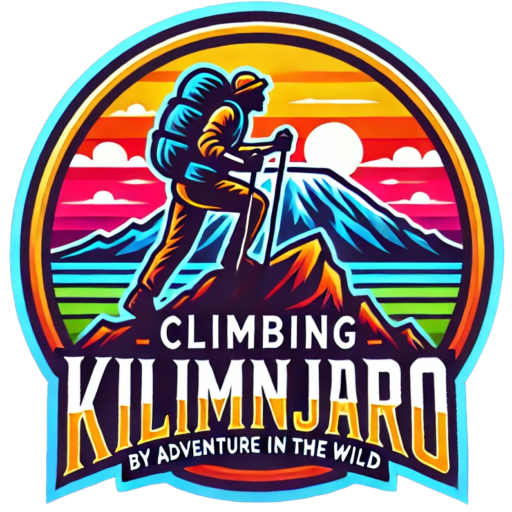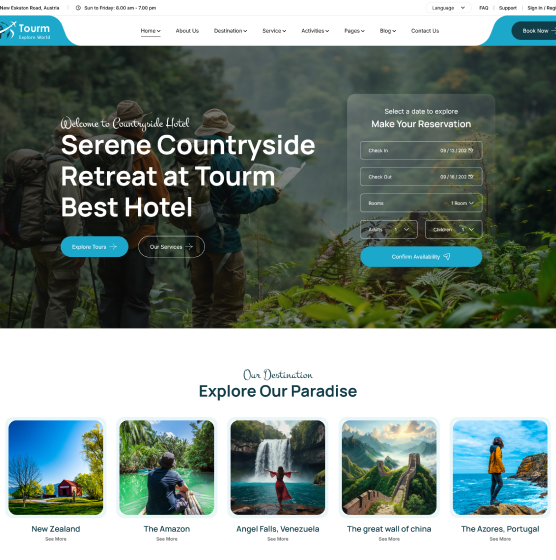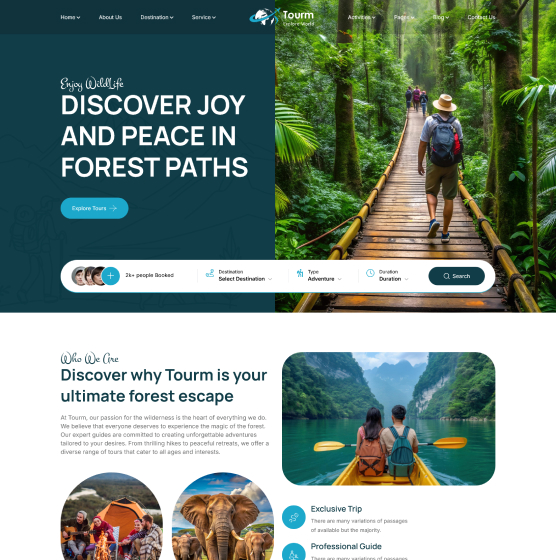Climbing Kilimanjaro is Easy (Not Hard)
Climbing Kilimanjaro is Easy (Not Hard). It might look like a huge task to climb Mount Kilimanjaro. Still, this adventure is more doable for many than other high-altitude hikes or mountain walks for different reasons. It’s so good that about half of our clients have never hiked before, but they do great on the mountain.

Why? Because it’s simple to climb Kilimanjaro.
People worry that Kilimanjaro is too hard for them to climb is something that a lot of people worry about. We’ll show you five reasons why climbing Kilimanjaro is pretty easy in this piece.
1. Ascent without using gear
Most of the world’s tallest mountains, like Everest and Denali, need expert climbing skills and special gear to get to the top. The terrain around these hills is complicated and often dangerous, with crevasses and steep, rocky, or icy slopes. For safety, you need to use tools like ice axes, crampons, harnesses, helmets, and ropes to move through this area.
But Mount Kilimanjaro is a mountain that you can “walk up.” In other words, the official ways to get to the top are mostly just climbing trails. There aren’t any difficult climbing parts, and you won’t have to climb up rock faces, over ice falls, or across glaciers. Not at all likely that a landslide will happen, and not likely that someone will fall.
Kilimanjaro is easy enough that almost anyone can climb it, even people who have never been mountain climbing before. This peak is doable for people who have never hiked, backpacked, or camped before. You can climb Kilimanjaro as long as you can walk, which isn’t always the case for other high-altitude trips that need expert climbing knowledge and skills. People with artificial legs or no legs at all have been able to reach the top.
2. Fully backed up
There is full support for Kilimanjaro treks, which makes it much easier on climbers’ minds, bodies, and senses. Professional guides show the way, and porters bring most of the gear and take care of everything at camp.
You are sure to get enough food and water because they provide them. There are also mess tents, sleeping tents, tables and chairs, sleeping pads, wash stations, and temporary toilets. The camps we have here are very comfortable, and the amount of service people get on these kinds of trips is far above what they expect.
Climbers often can’t get this kind of help on other mountains, so they have to take care of their own supplies and everyday needs. This means carrying all of their gear, setting up and taking down tents, getting water, and making meals.
We take care of everything for our clients on Kilimanjaro, so they can just focus on the walk. Having a mountain crew makes things a lot easier for our clients, so they can rest more, heal faster, and get used to the altitude better.
3. Taking short day hikes
A normal day hike on our Kilimanjaro routes has short distances, manageable hiking times, and moderate gains in elevation. Each day’s plans will be different, but on average, you’ll be going for four to six hours a day on well-kept trails. The guide keeps things moving slowly, which should be easy for everyone to do. Also, every hour or so, you’ll have a break to sit down, drink water, and eat a snack.
On other high-altitude treks, the paths can be rough and have steep, quick ascents that can be hard on the body over the course of several days. But Kilimanjaro’s best routes let your body get used to the high altitude slowly. This is clear from the fact that 8- and 9-day climbs are very successful. Except for peak day, which is very hard, most of the days on the routes are easy to moderately hard.
Aside from that, your daily walks will feel more like a leisurely stroll up the mountain than hard exercise. And this is exactly why we say that anyone who is reasonably fit can climb Kilimanjaro. You only have to go through one hard day, and it’s at the very end of your climb, giving you the rest of your trip to rest up.
4. Weather that is good
On Kilimanjaro, the weather is usually warmer and more stable than in other high-altitude places. You only need to wear a base layer and a light jacket most of the time because the weather is nice.
Even though it can get very cold on the mountain, especially near the top, hikers don’t usually have to deal with the worst weather that happens on other peaks. It’s not often that bad weather like big snowstorms, lightning, or strong winds happens. In all the years we’ve been in business, we’ve only had a few climbs canceled because of bad weather. So there is almost no chance that bad weather will make it impossible for you to try a summit.
Compare that to peaks like Mount Washington, which has the “worst weather in the world,” or Mount Rainier, where 50% of business climbs fail because of the weather. You can almost always reach the top of Mount Kilimanjaro if you’re there.
5. Simple to Leave
There are paths on Mount Kilimanjaro that make it possible to go down quickly. So, you can leave the mountain fast, in just one day, if you get sick, have an emergency, or are just tired of camping. If you walk at a regular speed, it will take you about 10 hours to get from the very top to the very bottom. Furthermore, it is possible to leave by car or helicopter, which adds another level of ease and safety.
On mountains that are farther away, like those in the Himalayas, quick descent and rescue can be hard to do and can take days to complete. But on Kilimanjaro, climbers are safe because they can quickly and easily bail out for any reason. This gives them peace of mind because they know they can always go back to society.
Because there are expert guides and park rangers around, help is easy to get in case of an emergency. Also, because there are hospitals and rescue services close to the base of the mountain, they can get help quickly.
Here are five more reasons why it’s easy to climb Mount Kilimanjaro. Not difficult, fully supported, with moderate daily walks, usually nice weather, and an easy way out.
People often think about how hard it is to climb Kilimanjaro or the things that might get in the way of their goal. We want you to see that climbing Kilimanjaro is possible, even if you have never been outside before, by talking about the practical things that make it easy (by mountaineering standards).

















